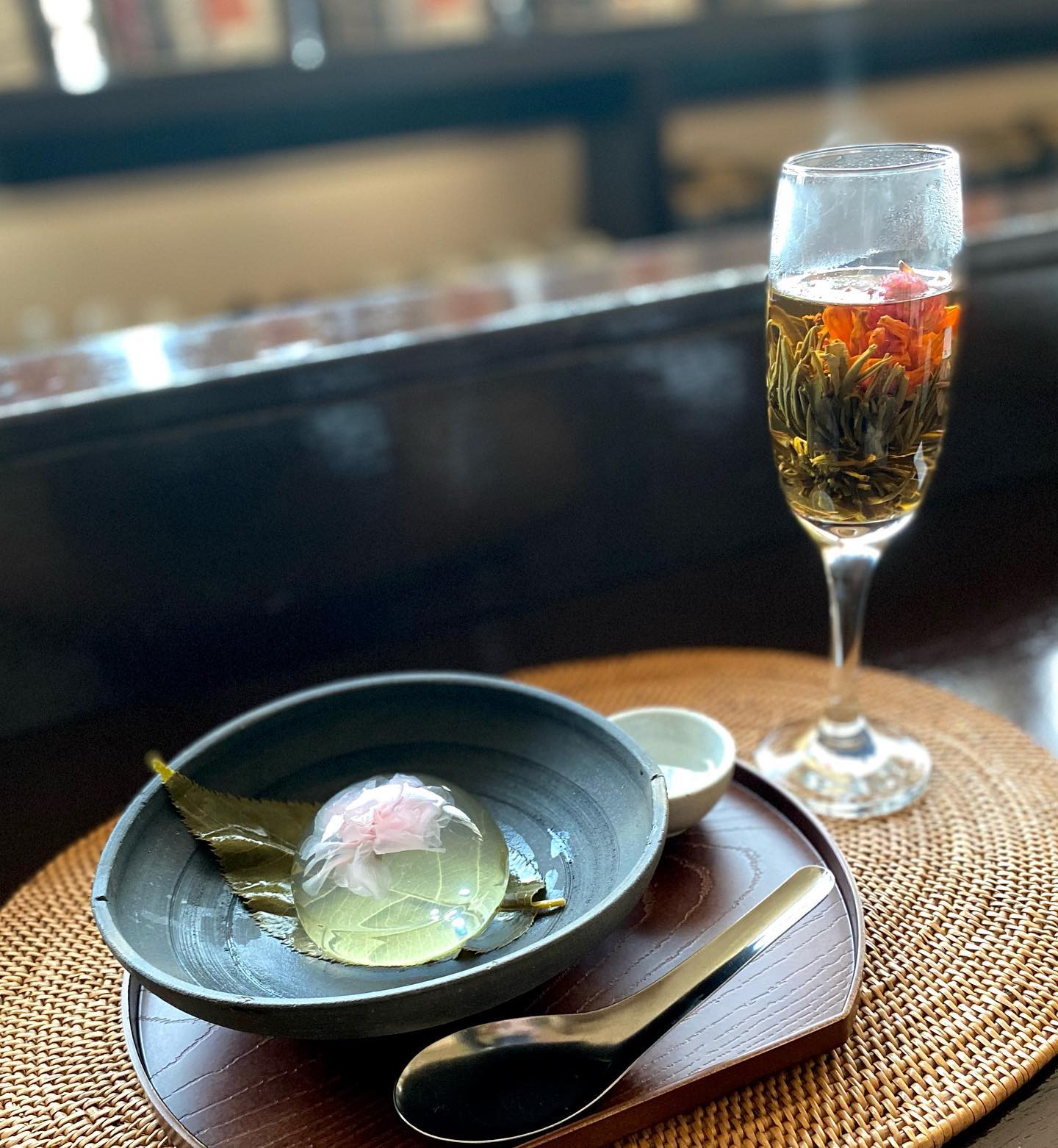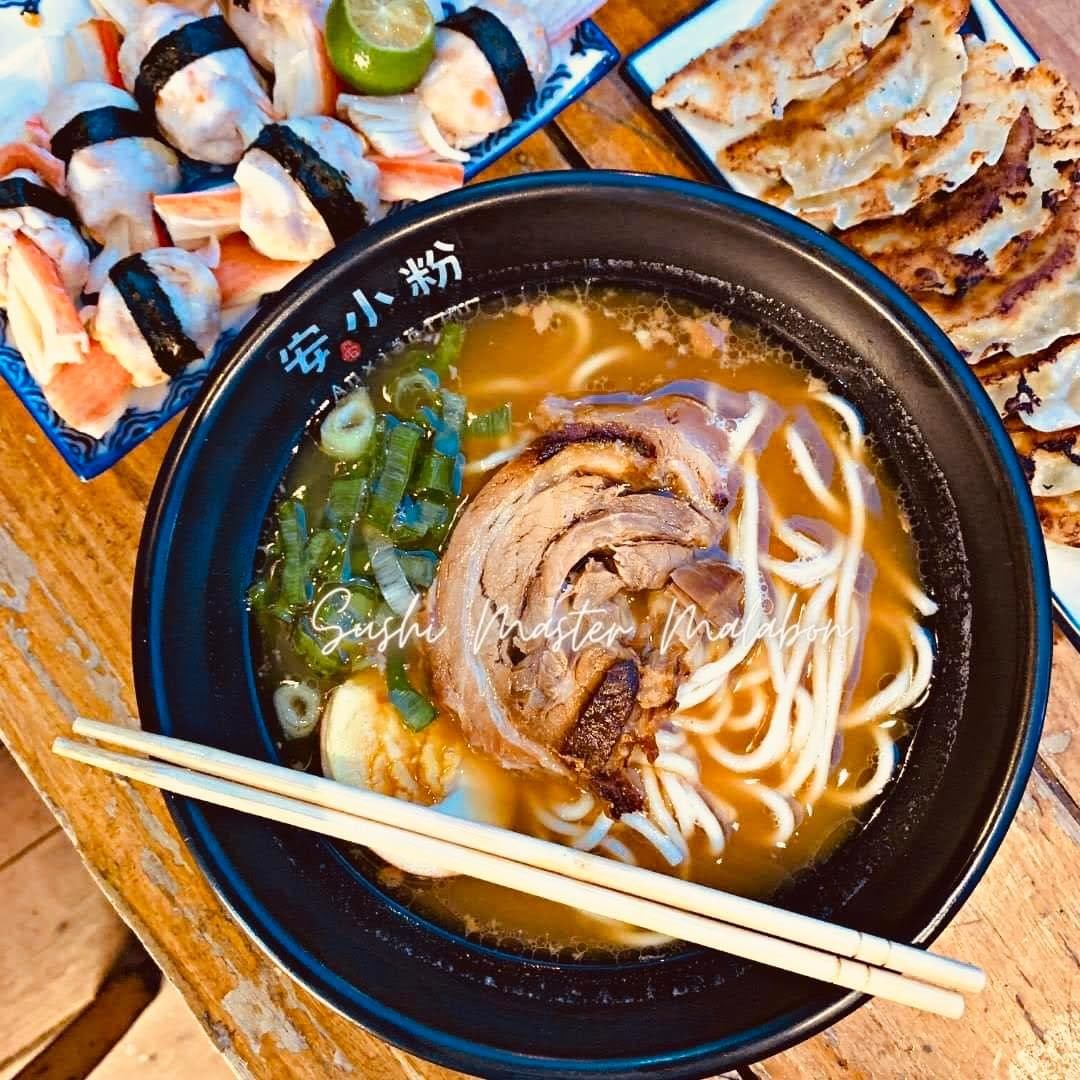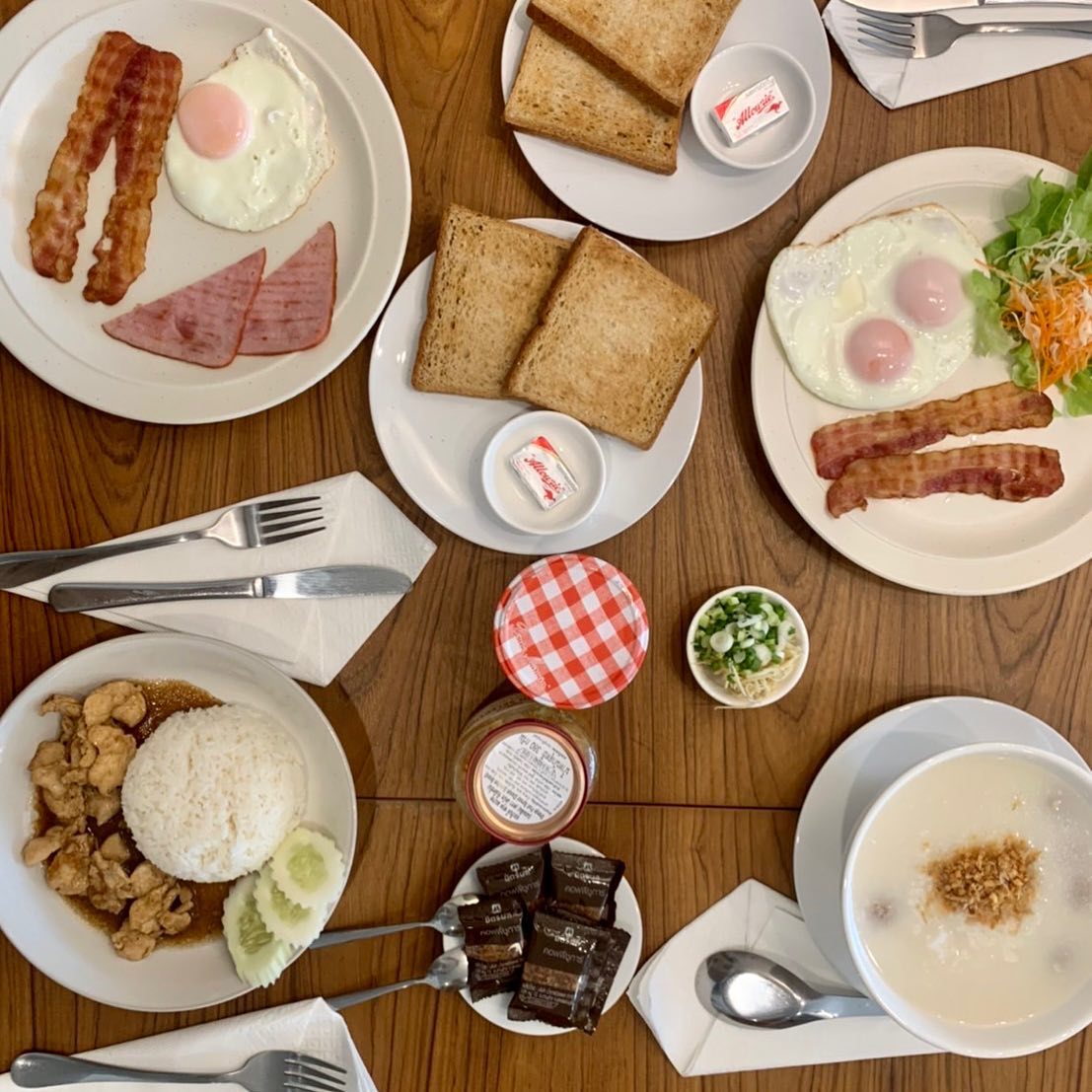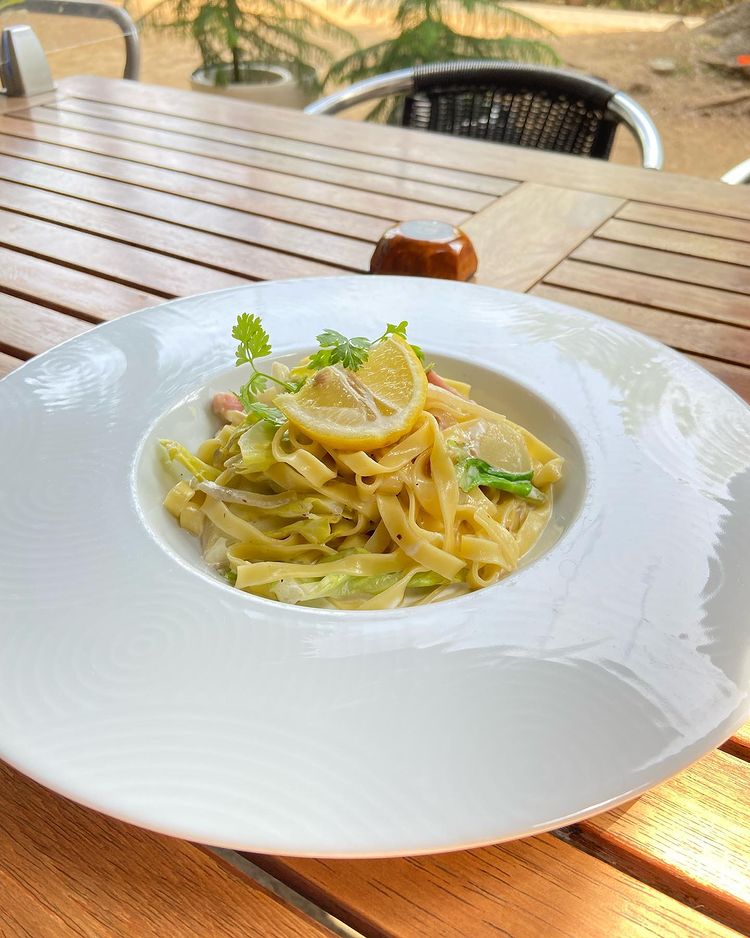Espresso is the foundation of many of your favorite coffee drinks—lattes, cappuccinos, and macchiatos to name a few. But nothing beats the pure, intense flavor of a well-pulled espresso shot. For many coffee enthusiasts, crafting the perfect espresso is an art form that requires a combination of the right tools, knowledge, and technique.
Whether you’re a coffee lover aiming to refine your skills or a complete beginner, understanding the essential steps and tips for making the perfect espresso shot can elevate your coffee game. In this guide, we’ll walk you through everything you need to know to brew a flawless espresso.
Understanding Espresso: What Makes It Special?
Espresso is a concentrated form of coffee brewed by forcing nearly boiling water through finely-ground coffee beans at high pressure. Unlike regular drip coffee, which relies on gravity to extract flavors, espresso is characterized by its intense, rich taste and its creamy consistency, known as “crema,” that sits on top of the shot.
To make the perfect espresso, you need to understand the core components that contribute to its distinct flavor:
- Intensity: Espresso has a stronger, more robust flavor compared to drip coffee due to the higher coffee-to-water ratio.
- Crema: The golden-brown foam that forms on top of a well-pulled espresso shot, which adds a smooth texture and aroma.
- Concentration: Espresso is highly concentrated and offers a bolder flavor that hits the taste buds quickly.
Choosing the Right Coffee Beans
The foundation of a great espresso begins with the coffee beans. When selecting beans for espresso, it’s essential to consider their origin, roast level, and freshness.
Bean Type
- Arabica: Often favored for its smooth, balanced flavors with fruity and floral notes. Ideal for those who prefer a refined espresso shot.
- Robusta: More bitter and higher in caffeine, Robusta is commonly used in espresso blends for a fuller, more intense flavor and body.
Roast Level
- Medium to Dark Roasts: These roasts bring out the deep, rich flavors that are typically preferred for espresso. They offer a smooth, bold shot with minimal acidity.
- Freshness: Always use freshly roasted beans for the best results. Coffee beans lose their flavor after they’ve been ground, so opt for whole beans and grind them just before brewing.
Grind Size Matters: Finding the Perfect Consistency
One of the most important factors in making a great espresso shot is the grind size. If the grind is too coarse, the water will flow through too quickly, resulting in a weak shot. If it’s too fine, the water will struggle to pass through, leading to over-extraction and a bitter taste.
The ideal espresso grind should be very fine, almost like powdered sugar, but with a little texture. For a good espresso shot, the grind size must be adjusted depending on the coffee machine and how tightly you pack the grounds (known as tamping).
Pro Tip: If your shot is running too fast (less than 25 seconds), the grind is likely too coarse. If it’s taking longer than 30 seconds, it might be too fine.
Checkout: Top 5 Coffee Shops in Rhyl
The Right Equipment for the Job
While there are many ways to make espresso, the best method involves using the proper equipment. Here’s what you’ll need:
Espresso Machine
An espresso machine is essential for brewing espresso. It forces water through the coffee grounds at high pressure (around 9 bars). There are a variety of espresso machines available—from manual to semi-automatic to fully automatic. The more control you have over the process, the better your shot will likely turn out.
- Manual machines require the most skill and attention but offer the most flexibility.
- Semi-automatic machines control the water pressure and temperature but require you to grind, tamp, and start/stop the extraction.
- Fully automatic machines do everything for you, from grinding to brewing.
Grinder
A good burr grinder is essential for consistent grind size. Blade grinders, while inexpensive, tend to produce uneven grinds that lead to inconsistent extraction and uneven flavor. Burr grinders allow for a more precise, uniform grind that is crucial for espresso.
Tamper
A tamper is used to compact the coffee grounds into the portafilter. Even tamping ensures that water flows evenly through the coffee grounds, promoting a uniform extraction.
Also Know About: The Royal Bloom: The Perfect Blend of Elegance and Nature
Tamping: The Key to a Perfect Shot
Tamping is the act of pressing down the coffee grounds evenly to ensure consistent extraction. The goal is to create a flat, compact surface so that water flows evenly through the coffee grounds. If you tamp unevenly or with too much force, the water will flow unevenly, leading to a poor shot.
How to Tamp Correctly:
- After filling your portafilter with coffee grounds, hold the tamper with a firm grip.
- Press the tamper down with consistent, even pressure (aim for about 30 pounds of force).
- Twist the tamper slightly to smooth out the surface of the grounds.
- The coffee should be level with the top of the portafilter once tamped.
Read More: Counter Culture Coffee x Haand
Brewing: The Final Step
Now it’s time to pull the shot! Here’s what to aim for during extraction:
- Time: The ideal time for pulling an espresso shot is around 25-30 seconds. The process should start slow, with the coffee beginning to drip out and forming a steady stream. If your shot is too fast or too slow, adjust your grind size and tamping technique.
- Flow: A perfect espresso shot should flow in a steady, consistent stream, not too fast or slow. Ideally, the shot should look like warm, golden syrup as it pours.
- Crema: A good shot of espresso will have a layer of golden-brown crema on top. This indicates proper extraction and a well-balanced flavor.
More About: How to Brew the Perfect Cup of Coffee at Home
Perfecting Your Espresso
Making the perfect espresso is as much about experimentation as it is about following guidelines. Small tweaks to grind size, tamping pressure, water temperature, and extraction time can yield noticeably different results.
Here are a few tips to keep in mind as you practice:
- Dial-in Your Espresso: Adjust grind size, tamping pressure, and shot time until you find the perfect combination for your beans and machine.
- Temperature: Espresso machines should brew at around 190-200°F (88-93°C). If your shot tastes bitter or burnt, your machine might be running too hot.
- Freshness: Use freshly ground beans for each shot to ensure maximum flavor and crema.
Checkout: How to Choose the Right Coffee Beans for Your Brew
Final Thoughts
Making the perfect espresso is an art that combines precision, patience, and a love for coffee. By understanding the key elements—bean selection, grind size, tamping, and brewing technique—you’ll be able to craft a rich, flavorful shot every time. While it might take some practice, the satisfaction of pulling the perfect espresso shot makes all the effort worthwhile. So, gather your equipment, pick your beans, and start experimenting—your perfect espresso is just a shot away!
Frequently Ask Questions (FAQ’s)
Espresso requires a fine grind, similar to powdered sugar, for optimal extraction. Adjust if your shot is too fast or too slow.
A well-pulled espresso shot should take around 25-30 seconds for ideal extraction. Adjust grind size and tamping pressure if necessary.
Crema is the golden-brown foam that forms on top of a properly brewed espresso shot. It indicates a well-balanced and fresh shot.
Choose medium to dark roasted beans, often blends with Arabica for smoothness or Robusta for extra intensity and crema.
Tamp evenly and with consistent pressure (about 30 pounds) to create a smooth, level surface, ensuring uniform water flow during extraction.





